The Ginseng Bonsai is a popular indoor plant that is known for its therapeutic properties. They are easy to care for but do require some regular maintenance. It's one of the best bonsai plants for beginner growers to learn with.
In this blog post, we will provide you with a basic overview of how to care for your Ginseng Bonsai.
Basic Information About Ginseng Bonsai
Ginseng Bonsai is an exquisite and distinctive plant that enhances any living space or outdoor area. Originating from China and Korea, these plants have been used medicinally for centuries and are recognized for their various health benefits. Ginseng purportedly enhances energy levels, enhances circulation, and aids in overall health.
Bonsai, with their slow growth rate, can thrive for many years when given proper care. Your Ginseng Bonsai will bring years of enjoyment with the right attention.
Ginseng Fiscus is an Indoor Plant
Ginseng Bonsai are indoor plants needing bright, indirect light near a window. They thrive in moist conditions and should be watered regularly. Let the soil slightly dry between watering. Ginseng Bonsai are known for their air-purifying qualities, making them a great addition to any indoor space. Ginseng Bonsai can live for many years if properly cared for, providing a long-lasting natural element to your home.
Watering Routine
Proper Ginseng Bonsai care includes regular watering, but caution is needed to avoid over-watering, which can cause root rot. Soil should be allowed to dry between waterings. When watering your Ginseng Bonsai, ensure the soil is evenly moist but not waterlogged to prevent root rot. To maintain the health of your Ginseng Bonsai, it is recommended to place it in a location with ample sunlight and good air circulation.
Note that Ginseng Bonsais require more water in warmer environments. Maintain humidity levels by misting your plant daily.
Regularly Prune Ginseng Bonsai
Pruning is vital for plant care, as any experienced gardener understands. It helps stimulate new growth and maintain the plant's shape by eliminating dead or overgrown branches. Regular pruning is key for Ginseng Bonsais.
Assisting in maintaining the plant's health and vibrancy, it stimulates the growth of new leaves and branches. Prune your Ginseng Bonsai with sharp scissors or shears to eliminate any dead or overgrown branches, ensuring clean cuts to prevent damage.
Fertilizing Routine
Fertilizing your Ginseng Bonsai is essential to taking care of your plant. Fertilize your plant every two weeks during the spring and summer months and once a month during the fall and winter. Be sure to follow the directions on the fertilizer packaging so that you do not over or under fertilize your plant. Using a high-quality fertilizer that is meant for bonsai plants will help ensure that your plant gets the nutrients it needs to stay healthy and thrive.
Repotting and Propagation
When your Ginseng Bonsai grows, repot it into a larger container every two to three years. Use a high-quality potting mix for bonsais. Propagate by taking plant cuttings and potting in moist soil.
Propagating bonsais is a method to generate new plants identical to the parent plant. It's an efficient way to populate a large area with multiple bonsais.
To propagate a cutting, remove a stem from the parent plant with a sharp knife or scissors. Make the cut just above a node, where new leaves will sprout. Place the cutting in moistened soil and keep it in a warm, sunny spot.
Diseases and Pests
Ginseng Bonsais are fairly resistant to diseases and pests. However, there are a few things to watch out for. Ginseng Bonsais are prone to root rot, so avoid over-watering. You can help prevent root rot in your Ginseng Bonsai by ensuring proper drainage in the soil through the use of a well-draining soil mix.
If you detect any pests on your plant, like aphids or mealybugs, you can eliminate them by wiping them off with a damp cloth. A bar of insecticidal soap can also be used to manage pests.
Conclusion
Caring for a Ginseng Bonsai isn't challenging, but it does need regular maintenance. With proper care, your Ginseng Bonsai will flourish and provide years of enjoyment.
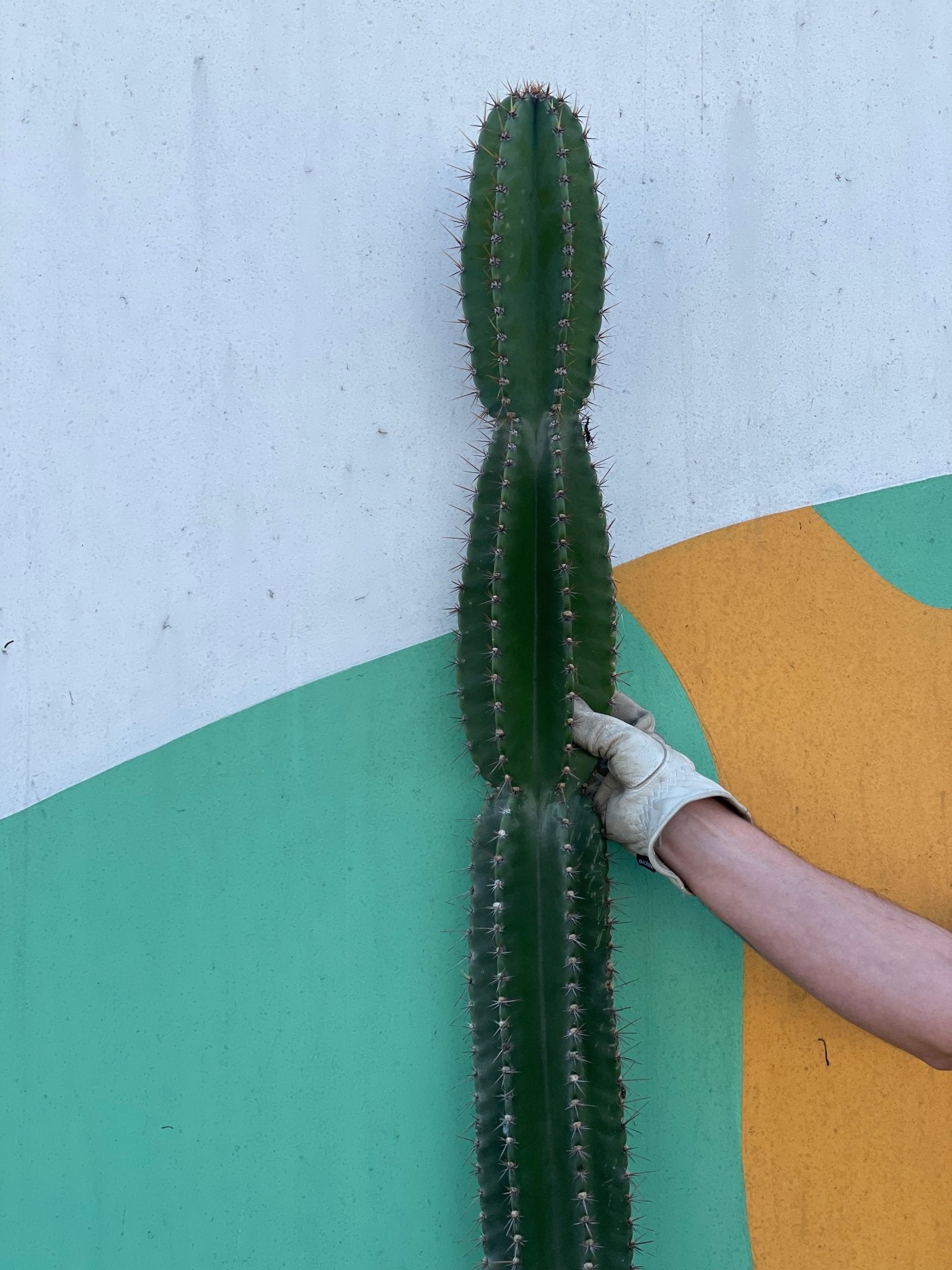
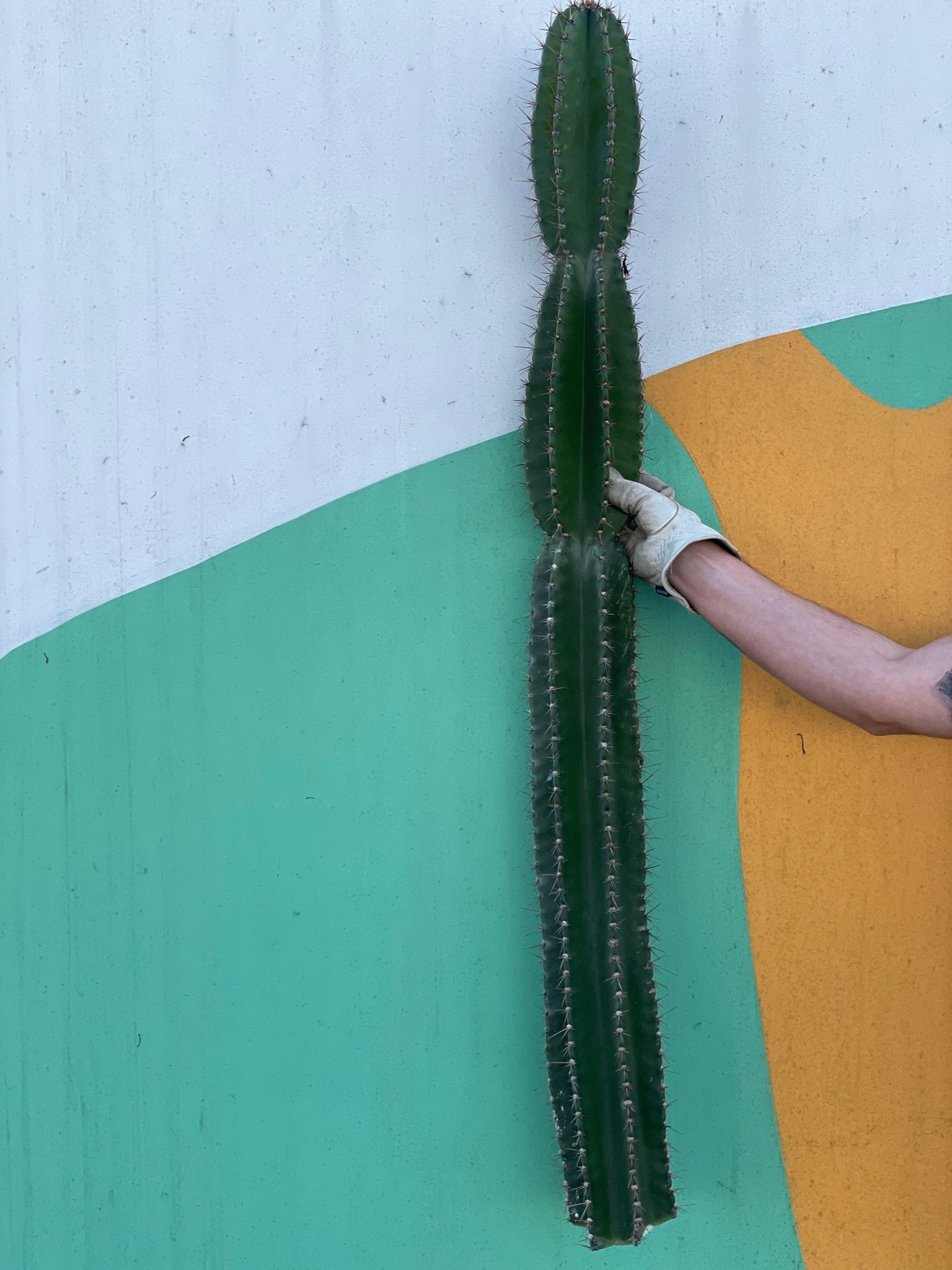
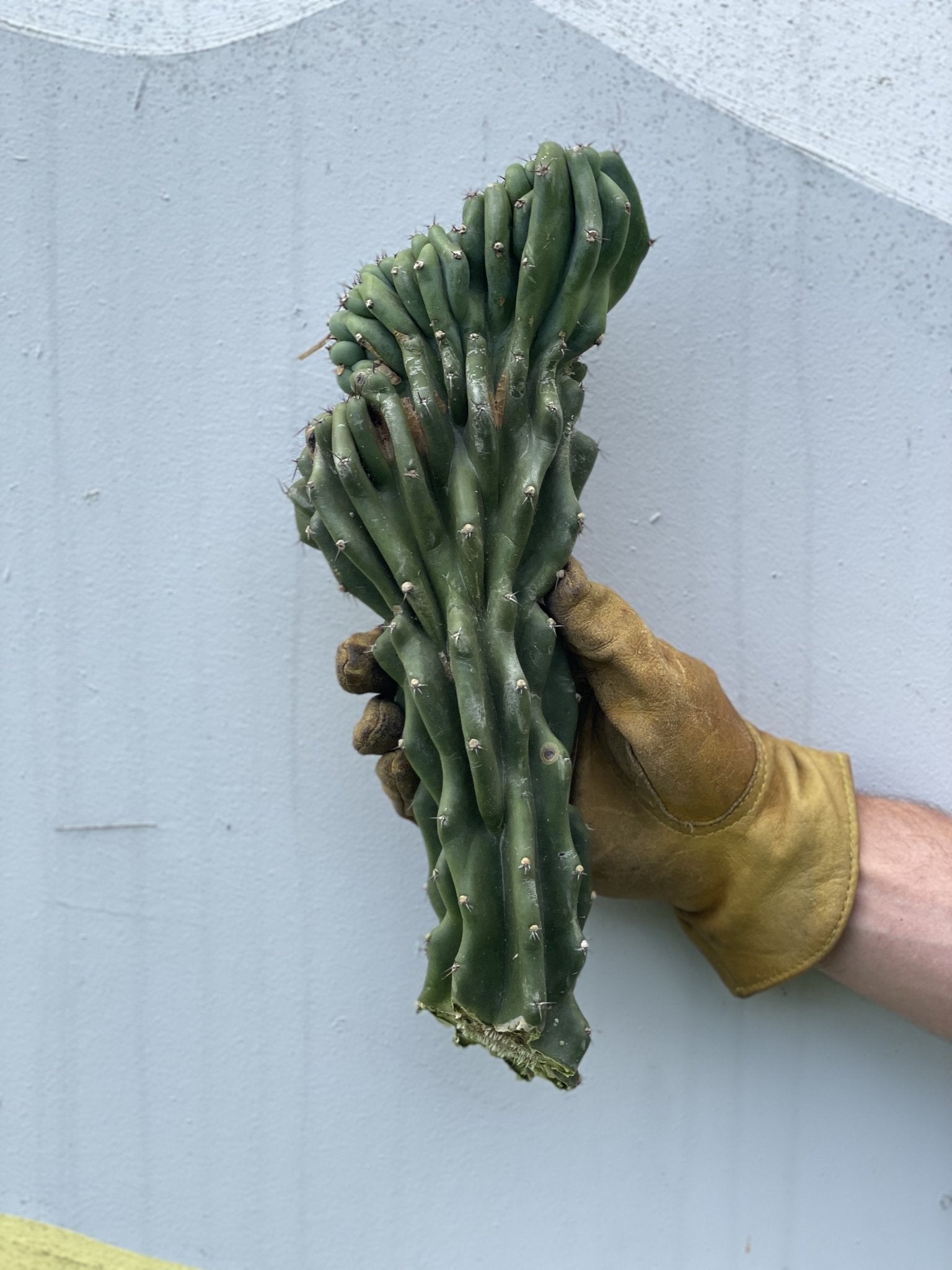
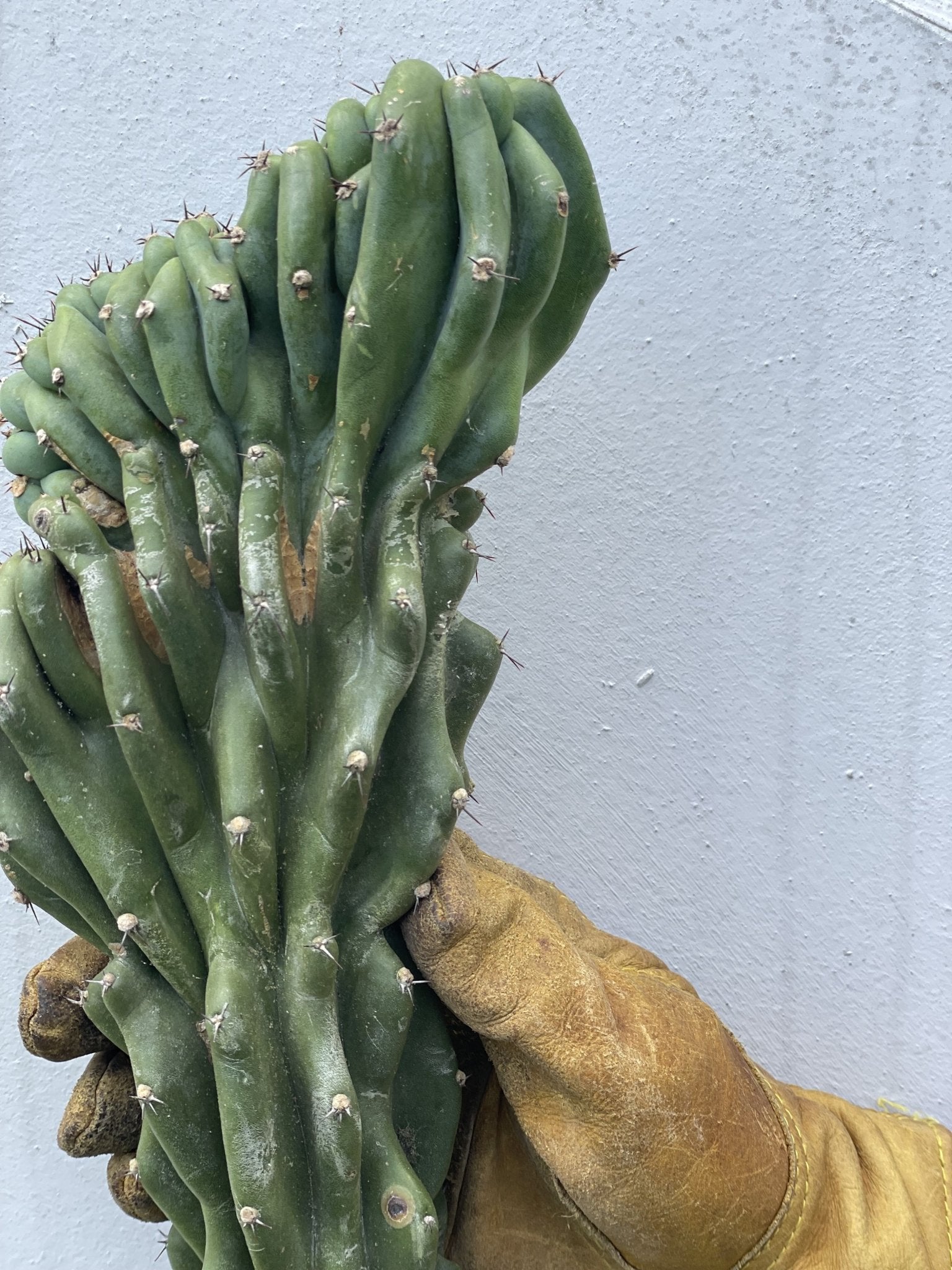


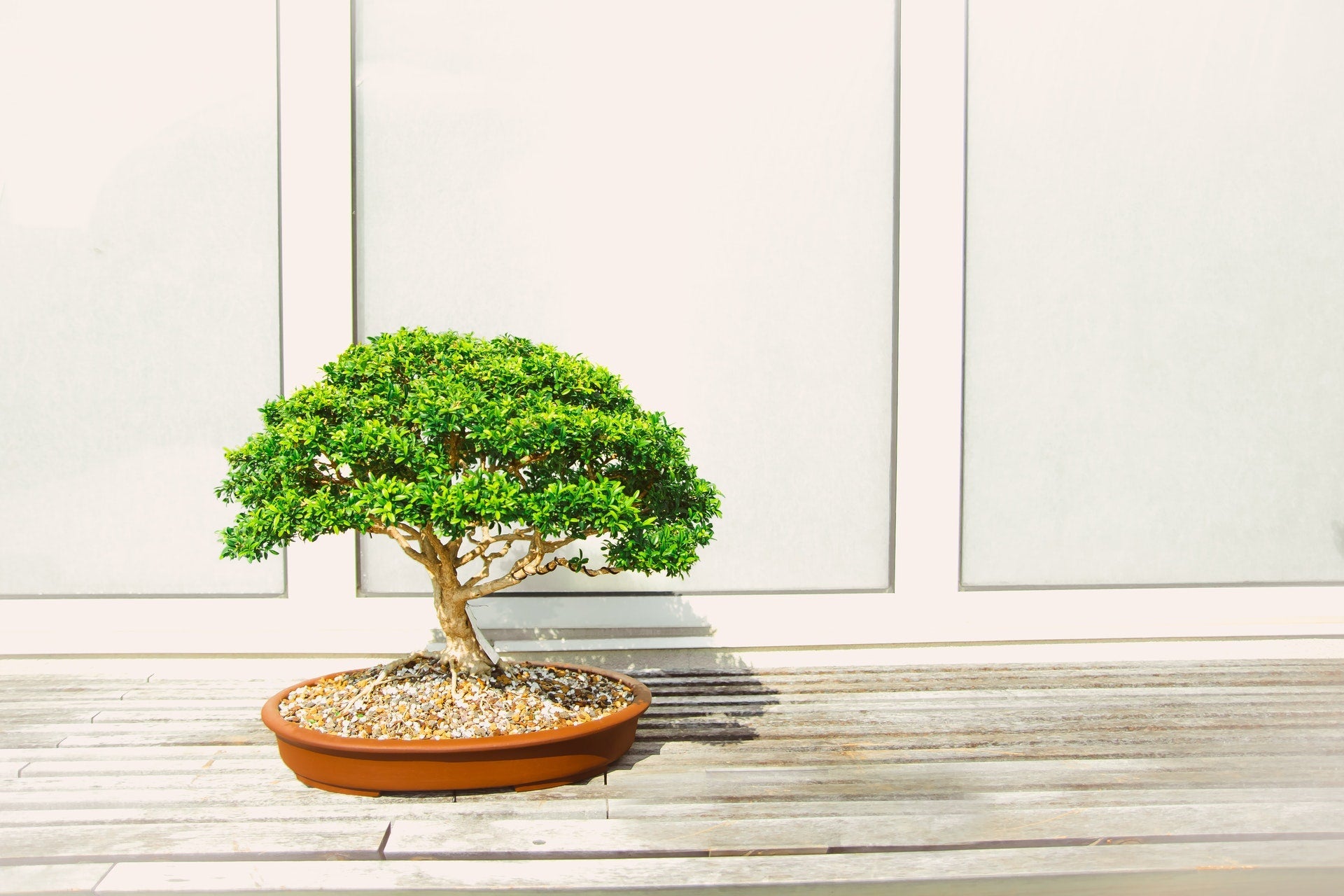
Leave a comment